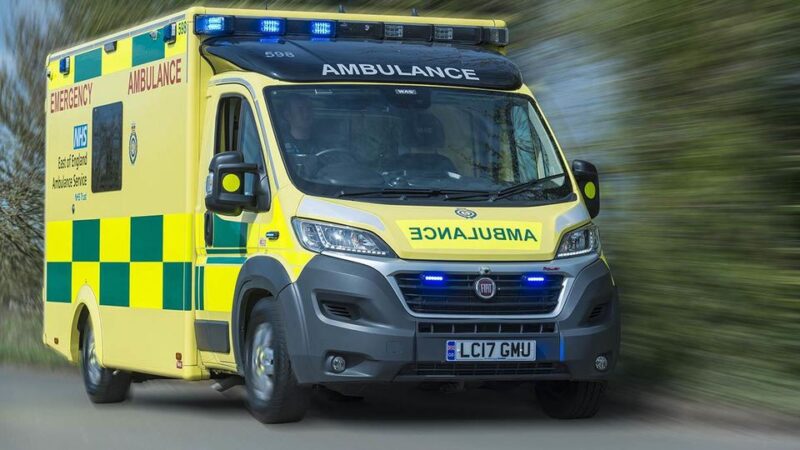
A quick-thinking paramedic and a new digital system have been credited with helping to save a person’s life in Essex.
Lu Harrington, a Senior Clinical Paramedic with East of England Ambulance Service NHS Trust, responded to a call where vital information was needed. By using the Mid and South Essex Shared Care Record, she was able to access essential details that led to life-saving treatment for a patient.
The digital system brings together key patient information from local health and social care organisations to help professionals make faster, safer decisions when caring for people. It includes information such as personal network contacts, medications, allergies, known medical conditions, hospital discharge information, and support from adult social care.
A concerned person called 999 after noticing that their neighbour hadn’t been seen for several days and their curtains remained closed. This is a type of call that regularly comes through to the ambulance service, a lot of the time without vital personal information that is needed.
Lu took the call from the Unscheduled Care Coordination Hub. Using the Shared Care Record, Lu was able to locate contact details for the patient’s next of kin. They contacted a local key holder for the patient who then took urgent steps that led to life-saving support from the ambulance service. The system gives authorised professionals in health and adult social care secure access to the most important information when it’s needed, with strict safeguards to ensure only trained staff directly involved in a person’s care can view it.
Having access to the Shared Care Record helped us get the right help to the patient quickly, and in this case, it may well have saved their life.
It’s been invaluable, not just in emergencies like this but in our day-to-day work. Helping us find accurate information fast, even if names or dates of birth are recorded differently.
We often use it to check medications, which helps us decide whether someone can be safely cared for at home or needs hospital treatment. It also shows us whether someone has already gone to A&E, helping us avoid unnecessary ambulance callouts.
Lu Harrington, Senior Clinical Paramedic, East of England Ambulance Service NHS Trust
This case shows exactly why sharing information between health and care organisations matters. When the right information is available at the right time, it can change outcomes — and in some cases, it can save lives.
The NHS’s new 10-Year Health Plan sets out a clear shift from analogue to digital, putting power into the hands of patients and professionals through better access to data. The Shared Care Record is part of that transformation, helping us move from a fragmented system to one that works seamlessly around the person.
Technology like the Shared Care Record is helping us break down barriers between services and work as one team to support the patient more efficiently. But it is the skill, professionalism, and dedication of people like Lu that truly bring its benefits to life, turning digital tools into real-world impact for the people we serve.
Tom Abell, Chief Executive of NHS Mid and South Essex
The Shared Care Record is already helping thousands of frontline staff securely see the information they need in one place, supporting faster decisions and more joined-up care. Since its launch in August 2024, the system has been used over 638,000 times by 8,550 professionals, who have viewed more than 977,000 documents. It is also estimated to deliver £3.7 million in annual efficiencies for the local NHS and councils by saving time and reducing duplication.